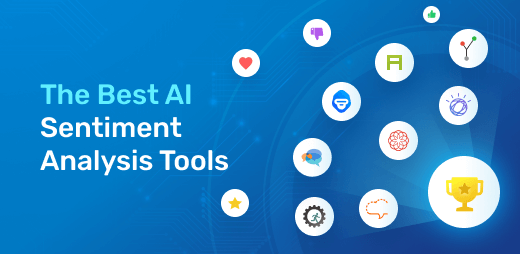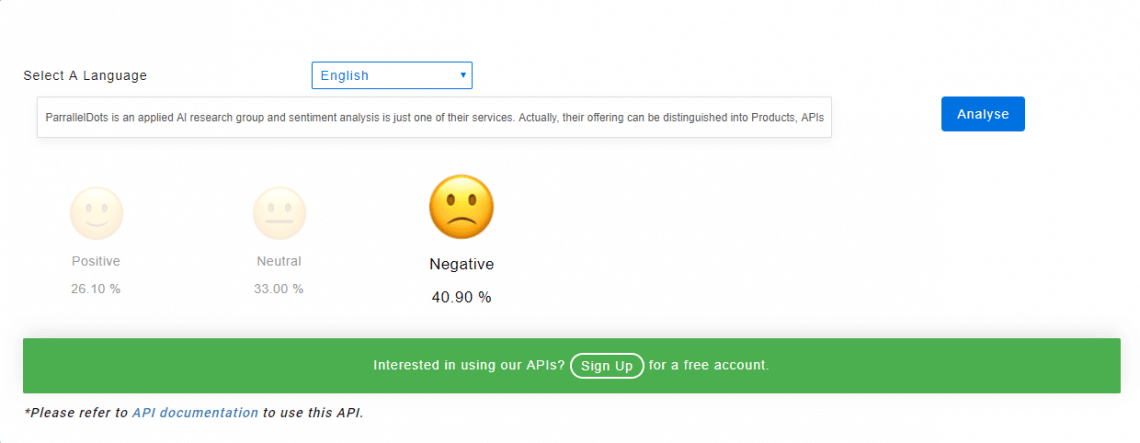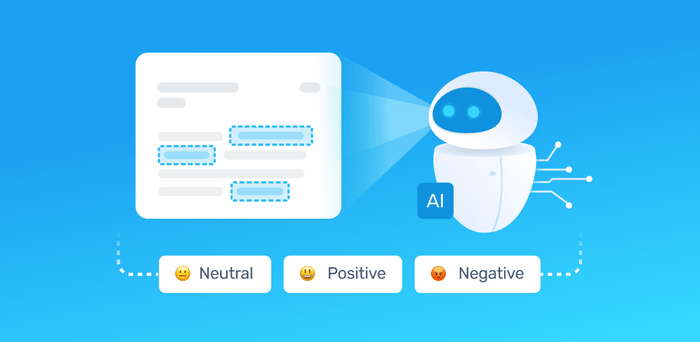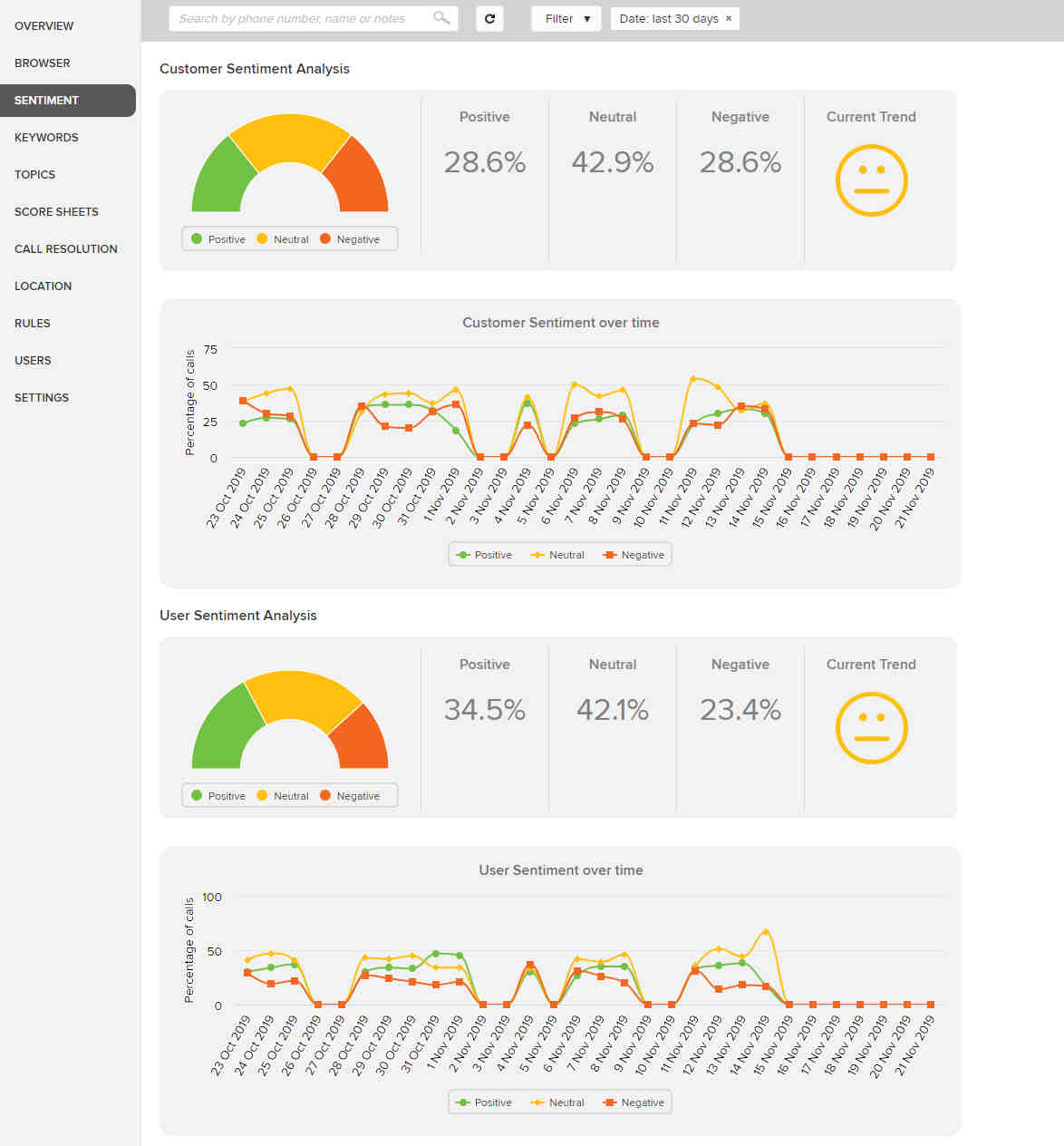
Sentiment Analysis Tools Using AI
Sentiment analysis is the process of determining the emotional or subjective state of a text, such as a tweet, product review, or news article. It is a subfield of natural language processing (NLP) that has been growing in popularity in recent years, due to its wide range of applications. Sentiment analysis tools can be used to track public opinion, identify customer sentiment, and detect fake news.
Traditionally, sentiment analysis has been done using rule-based systems. These systems rely on a set of hand-crafted rules to identify positive and negative words and phrases. While rule-based systems can be effective, they can also be difficult to maintain and update.

In recent years, there has been a growing trend towards using machine learning (ML) for sentiment analysis. ML-based systems can learn to identify positive and negative words and phrases without the need for hand-crafted rules. This makes them more scalable and adaptable than rule-based systems.
There are a number of different ML algorithms that can be used for sentiment analysis. Some of the most popular include:
- Naive Bayes: This is a simple but effective algorithm that can be used for both binary and multi-class sentiment analysis.
- Support vector machines (SVMs): SVMs are a more powerful but also more complex algorithm that can be used for both binary and multi-class sentiment analysis.
- Deep learning: Deep learning models, such as convolutional neural networks (CNNs) and recurrent neural networks (RNNs), can achieve state-of-the-art results on sentiment analysis tasks.

When choosing a sentiment analysis tool, it is important to consider the specific task you need to perform. For example, if you need to perform binary sentiment analysis (i.e., classify a text as either positive or negative), then a simple rule-based system may be sufficient. However, if you need to perform multi-class sentiment analysis (i.e., classify a text into one of several different sentiment categories, such as "positive", "negative", and "neutral"), then you will need a more powerful ML-based system.
In addition to the type of algorithm used, there are a number of other factors to consider when choosing a sentiment analysis tool. These include:
- Accuracy: How accurate is the tool at identifying the correct sentiment of a text?
- Speed: How fast is the tool at processing text?
- Ease of use: How easy is the tool to use?
- Cost: How much does the tool cost?

There are a number of free and commercial sentiment analysis tools available. Some of the most popular include:
- Google Cloud Natural Language API: This API offers a variety of sentiment analysis features, including binary and multi-class sentiment analysis, as well as emotion detection.
- Amazon Comprehend: This service provides sentiment analysis, along with other NLP tasks, such as named entity recognition and topic modeling.
- IBM Watson Natural Language Understanding: This service offers a variety of sentiment analysis features, including binary and multi-class sentiment analysis, as well as emotion detection.
- NLTK: This is a free open-source library for NLP. It includes a number of sentiment analysis features, including a rule-based system and a variety of ML-based models.
Sentiment analysis is a powerful tool that can be used to gain insights into public opinion, customer sentiment, and fake news. By choosing the right tool for the job, you can make the most of this technology and benefit from its many applications.

How to Use Sentiment Analysis Tools
Sentiment analysis tools can be used in a variety of ways to gain insights into public opinion, customer sentiment, and fake news. Here are a few examples:
- Tracking public opinion: Sentiment analysis tools can be used to track public opinion on a variety of topics, such as politics, business, and entertainment. This information can be used to inform decision-making and identify trends.
- Identifying customer sentiment: Sentiment analysis tools can be used to identify customer sentiment towards products and services. This information can be used to improve customer satisfaction and loyalty.
- Detecting fake news: Sentiment analysis tools can be used to detect fake news by identifying articles that are written in a negative or emotionally charged way. This information can be used to help people identify and avoid fake news.

Conclusion
Sentiment analysis is a powerful tool that can be used to gain insights into public opinion, customer sentiment, and fake news. By choosing the right tool for the job, you can make the most of this technology and benefit from its many applications.
Resources

- Google Cloud Natural Language API
- [Amazon Comprehend](https://aws.amazon
Post a Comment